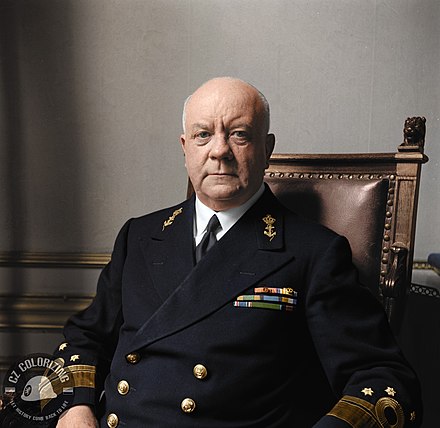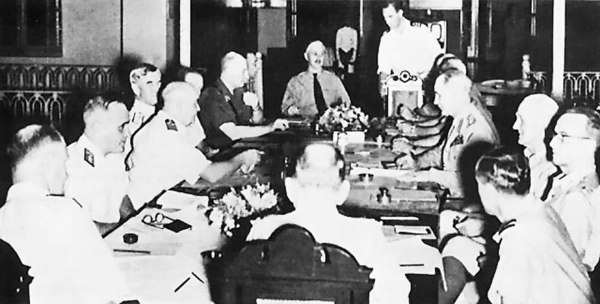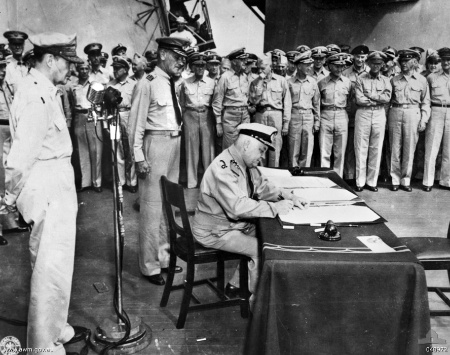
Lieutenant Admiral Conrad Emil Lambert Helfrich was a Dutch naval officer who played a significant role in the defense of the Netherlands East Indies (NEI) during World War II. He was born in Soerabaja, Dutch East Indies (now Indonesia) in 1886, and he joined the Royal Netherlands Navy in 1903. He rose through the ranks, becoming vice admiral in 1939.
At the outbreak of war in the Pacific, Helfrich was appointed overall commander of all forces in the Netherlands East Indies. He gave instructions to his submarines to wage war aggressively, and they sank more Japanese ships in the first weeks of the war than the entire British and US navies together, an exploit which earned him the nickname “Ship-a-day Helfrich He also played a key role in the planning of the Battle of the Java Sea, which was the largest naval battle in the Pacific during the first six months of the war. The battle was a defeat for the Allies, but Helfrich’s leadership helped to ensure that the Dutch East Indies forces fought bravely and effectively.

Helfrich was appointed Commander of the Forces in the East (BSO) and send to Ceylon (now Sri Lanka), where he was ordered to set up his headquarters to and continued to command the Dutch and NEI forces in ABDA (American-British-Dutch-Australian) Combined Forces. Helfrich reported to General Sir Archibald Wavell the British Commander of the South East Asia Command (SEAC).
After the surrender of the Dutch military in the Netherlands East Indies to the Japanese in March 1942, the Dutch military command ceased to exist in the region. Many Dutch military personnel were taken prisoner by the Japanese, while others went into hiding or joined the resistance. However, some were able to flee to Australia and to Ceylon.
Ceylon was far away from Australia were the largest part of the Dutch Forces were concentrated. Helfrich asked to be stationed in Australia but that was refused by the Dutch Government in London, who also wanted to stay close to the Brits. The Dutch Government wanted have a foot each in both the American and the British camp, this however was problematic with the small force that it had. The Dutch and NEI Forces in Australia were under the control of General Major Ludolph van Oyen who reported back to Helfrich
With NEI spreading out over 5000 kilometers some ships had escaped into the Indian Ocean and grouped in Ceylon. While others arrived in Australia. The Dutch Government was split about where to deploy their very limited military resources in the end they decided to keep it split between the British Command in Ceylon and the American Command in Australia. All of this complicated the communications issues for Helfrich, van Oyen and the Netherlands Government-in-Exile in London.
Since the Dutch forces in the Dutch East Indies had meanwhile been defeated and had had to capitulate to the Japanese, this was really no more than an administrative function, which prevented him from leading operations against the enemy. This frustrated Helfrich greatly. He also came into conflict several times with Minister Hubertus van Mook, who was preparing a post-war authority for the Dutch East Indies, whose officials were largely recruited from the Dutch armed forces. Helfrich believed that these preparations for a post-war Dutch East Indies detracted from the war effort.

He also worked to coordinate the activities of the Dutch Navy with the British and American navies. In 1945, Helfrich was given command of all Dutch naval forces and promoted to lieutenant admiral. He played a key role in the planning and execution of the Allied invasion of the Netherlands East Indies in 1945.
On 2 September 1945, Helfrich signed the Japanese Instrument of Surrender aboard the battleship USS Missouri on behalf of the Kingdom of the Netherlands. He returned to the Dutch East Indies in 1945, where he commanded the Dutch forces in the Dutch East Indies.
After the recapture of the Dutch East Indies in 1945, the Dutch were unable to bring enough troops to NEI after their own liberation from the Germans. The British was the major force who started to take over control from the Japanese after their surrender. Helfrich, along with van Oyen, sought to convince the British to restore Dutch authority and suppress Sukarno and the newly proclaimed Republic of Indonesia. However, the British, led by Lord Mountbatten and Batavia’s commander, Philip Christison, declined their requests. As a final resort, both Helfrich and van Oyen offered his resignation, which was accepted. The combined roles of Helfrich and van Oyen were taken over by Lieutenant General Simon Spoor.
Conrad Helfrich died in 1962 in The Hague.
Here are some of his notable achievements:
- He was awarded the Knight Commander of the Order of the Bath (KCB) by the British government in 1944.
- He was also awarded the American Distinguished Service Medal and the French Croix de Guerre.
- He was a member of the Royal Netherlands Academy of Sciences.
